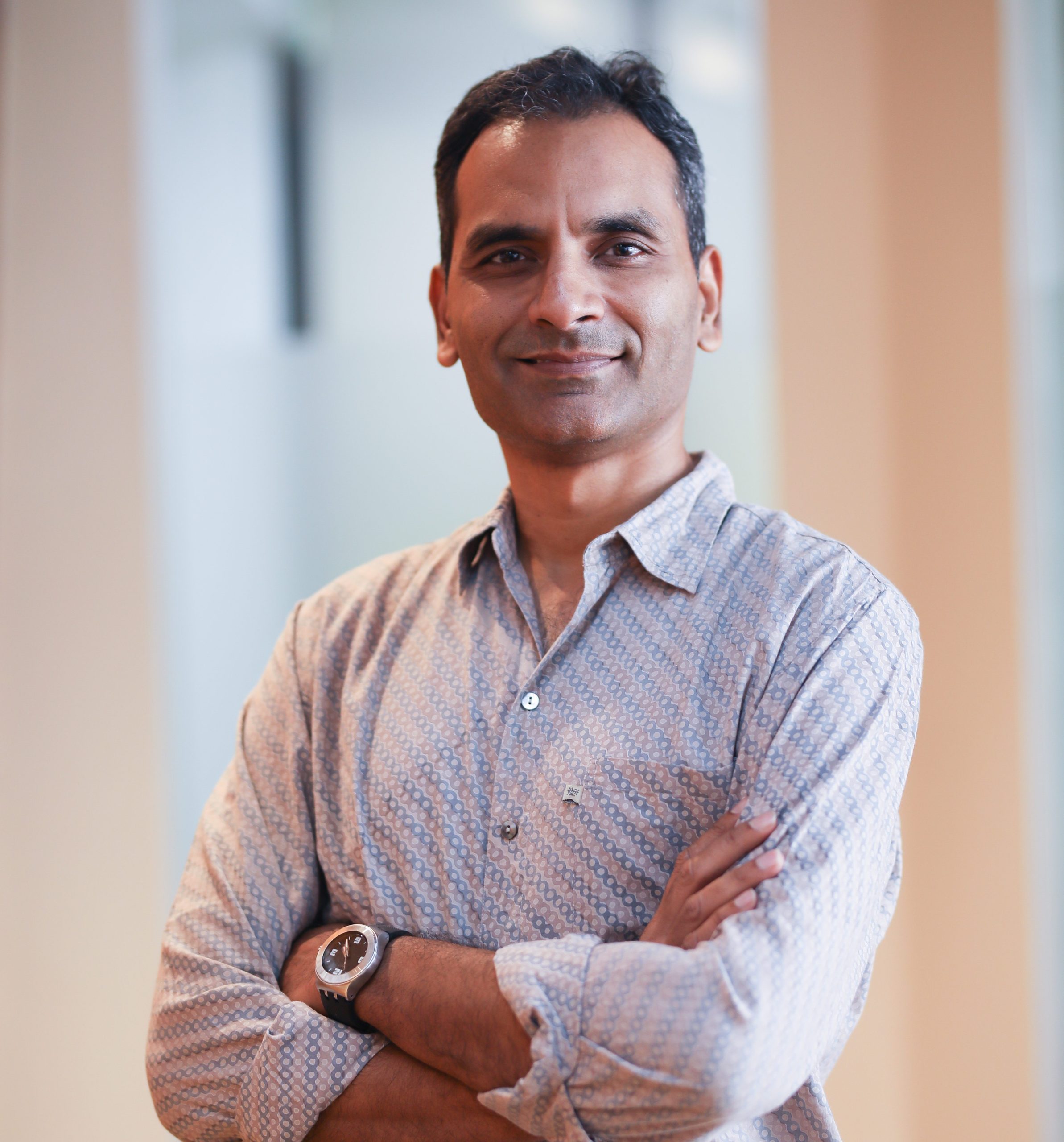Reading about the growth mindset, a much-loved buzzword in education circles, reminds me of a quaint and endearing custom we have in India. If you tell a mother of a certain generation that her child is very intelligent (or any such quality), she will glare at you. “Take it back!” she will snap, “Nazar lag jaayegi!” (you’ll invoke the evil eye!)
As with many of our customs, we are slowly learning that while we can’t take them literally (no, there’s no such thing as an evil eye), there is however something to be said about digging deeper to understand the underlying sentiment.
In the last couple of decades, with the popularity
of Stanford professor Carol Dweck’s book Mindset, a lot has been written
about the concept of growth mindset in parenting and educational circles. It is
now largely accepted that you must not compliment children for fixed traits (for
example: “You are so intelligent for completing that tough maths problem”),
rather reinforce that qualities are learnable.
Comment, if you must, on their ability to grow by enthusiastically embracing challenges (“I see that you worked hard and grew your brain a bit while tackling that tough maths problem”). We want to switch children from being in a “fixed mindset” (they have a fixed amount of inborn intelligence, and therefore they should shy away from constructive criticism and challenges where they may fail) to a “growth mindset” (intelligence, and a brain, is simply a muscle that can grow—in which case criticism, challenges, failure are all welcome as an engine of growth).
In India, nazar-notwithstanding, we have a
fixed mindset problem. Our society itself has inherited structures of
hierarchy, our education system reinforces rewards for “meritorious” students,
and most workplaces are strictly segregated and structured in a pyramid-like
system with levels of titular aristocracy, where your degree and pedigree
combine to define your role, leaving very little real room for the concept of
growth.
The good news is that it is easy to switch people from a fixed mindset to a growth mindset. And the benefits are enormous. In classroom and corporate studies, putting people in growth mindsets (simply telling them that they can learn from a challenging task) makes it more likely that they:
1. Profit from their mistakes: Admit to where they went wrong and use the learnings to redirect their efforts.
2. Seek out criticism and consensus, instead of falling in the trap of groupthink (for group tasks).
3. Willingly choose more challenging tasks, even at the risk of failure or losing face.
I had read the book Mindset as a parenting book, and I highly recommend it as such (if your child has ever given up on a new skill saying “It’s too hard” or “I already know it all”, it’s time to pick up the book). I have since also applied the learnings to the workplace as well. Running a start-up, I see a unique opportunity to use growth mindset principles in hiring, managing and mentoring employees.
For example, I ask some questions that help me understand the extent of the growth mindset in a prospective candidate—What has been your most significant achievement? What did you learn most recently? When did you last receive coaching?
Probing specifics in the answer will help understanding if the candidate wants to rest on their laurels or has an appetite to continuously learn and grow. From our experience, employees with growth mindsets do tend to work differently. They don’t wait to be told what to do, they are constantly looking for problems and challenges to be solved, and are driven to grow personally and professionally.
Switching mindsets to pursue growth is possible. For most readers, there is a fairly good chance that you have been called “gifted” or “intelligent” or some variant of that. Has that affected any of your life decisions? Did you choose an easier path at any point? Did you find yourself paralysed by criticism or failure? If the answer to any of these questions is a yes to any of these, it’s worth it to pick up the book or do some further research into the growth mindset.
What makes you Thrive? Write to us at [email protected]


